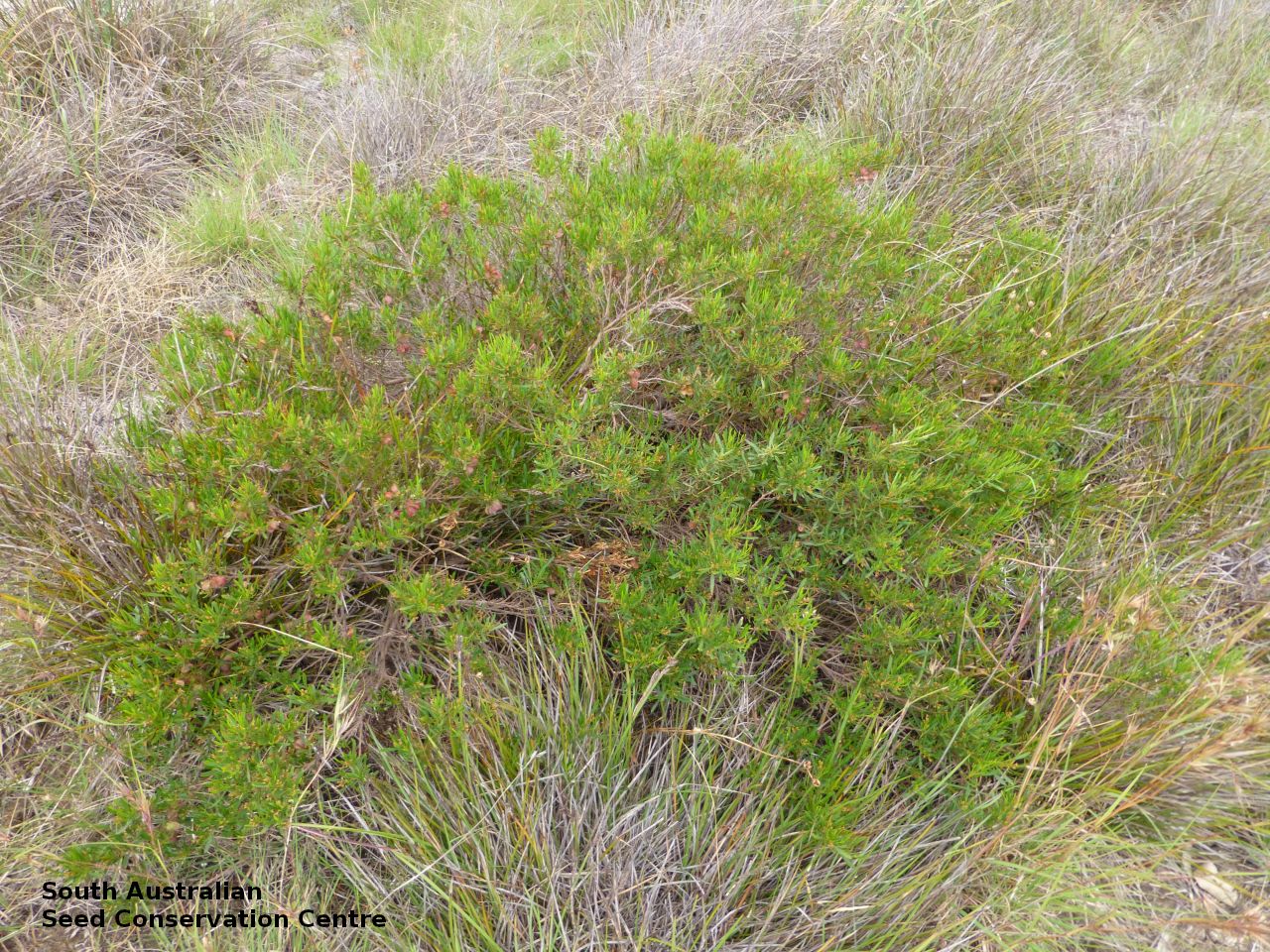
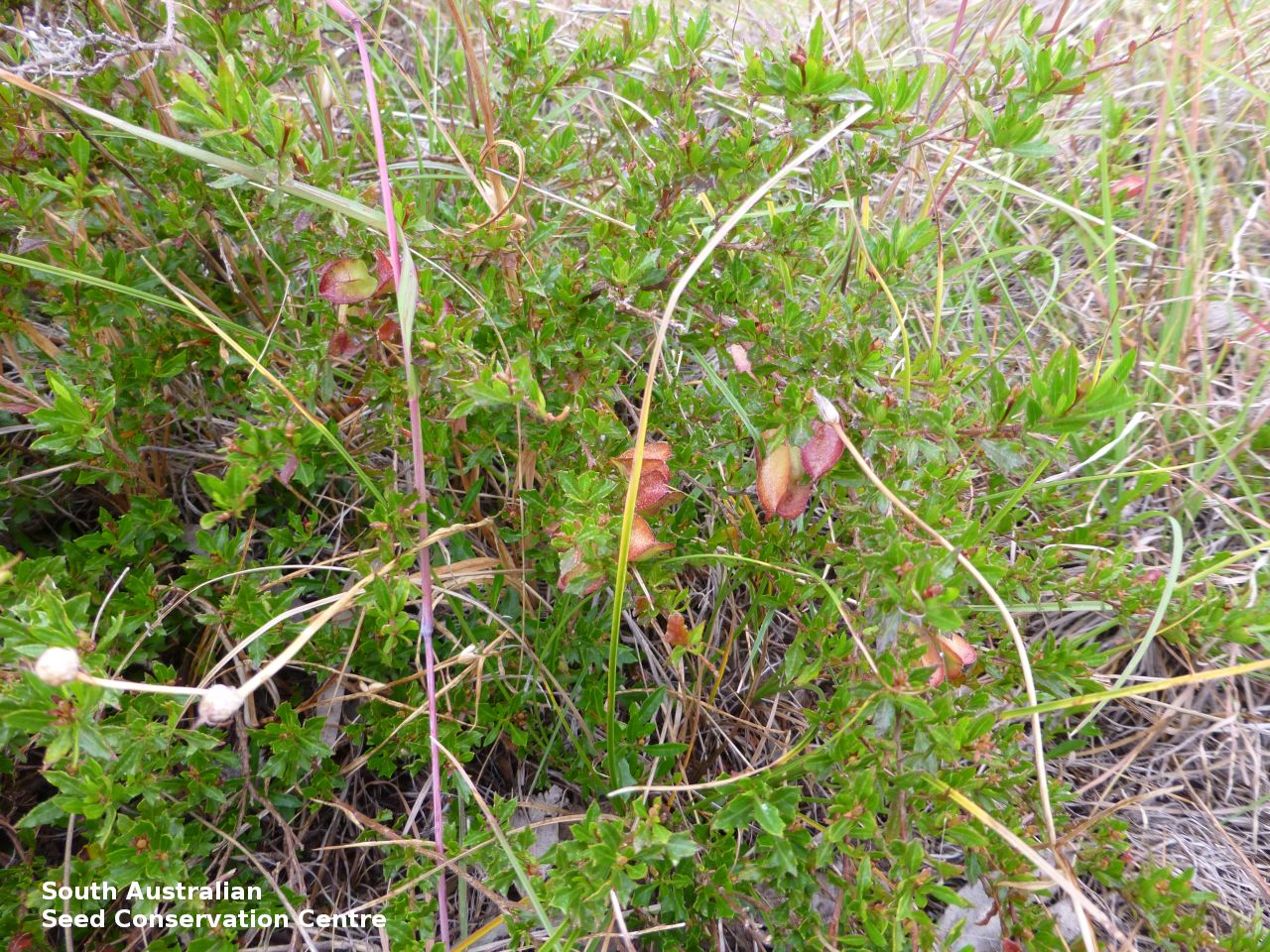
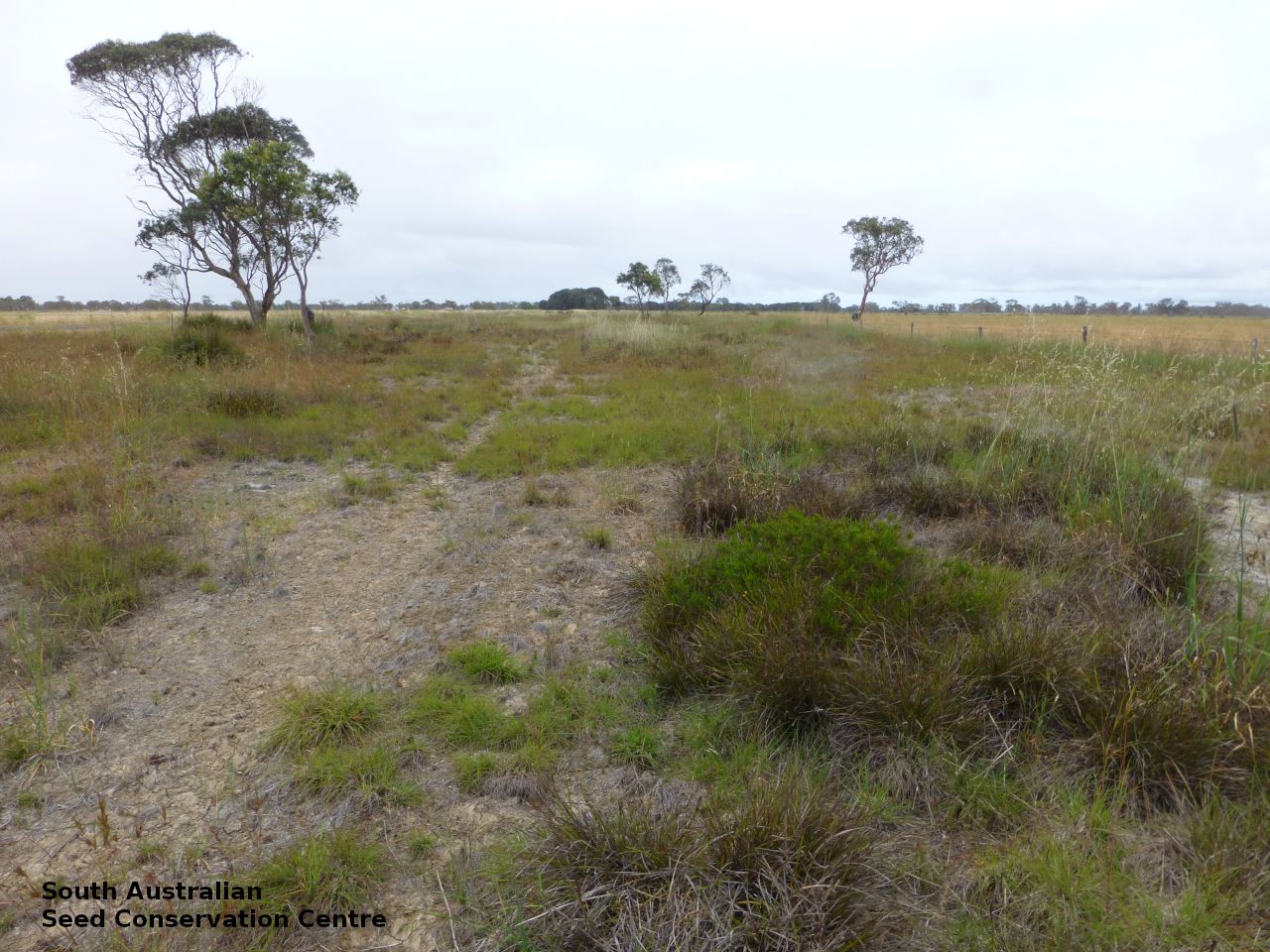
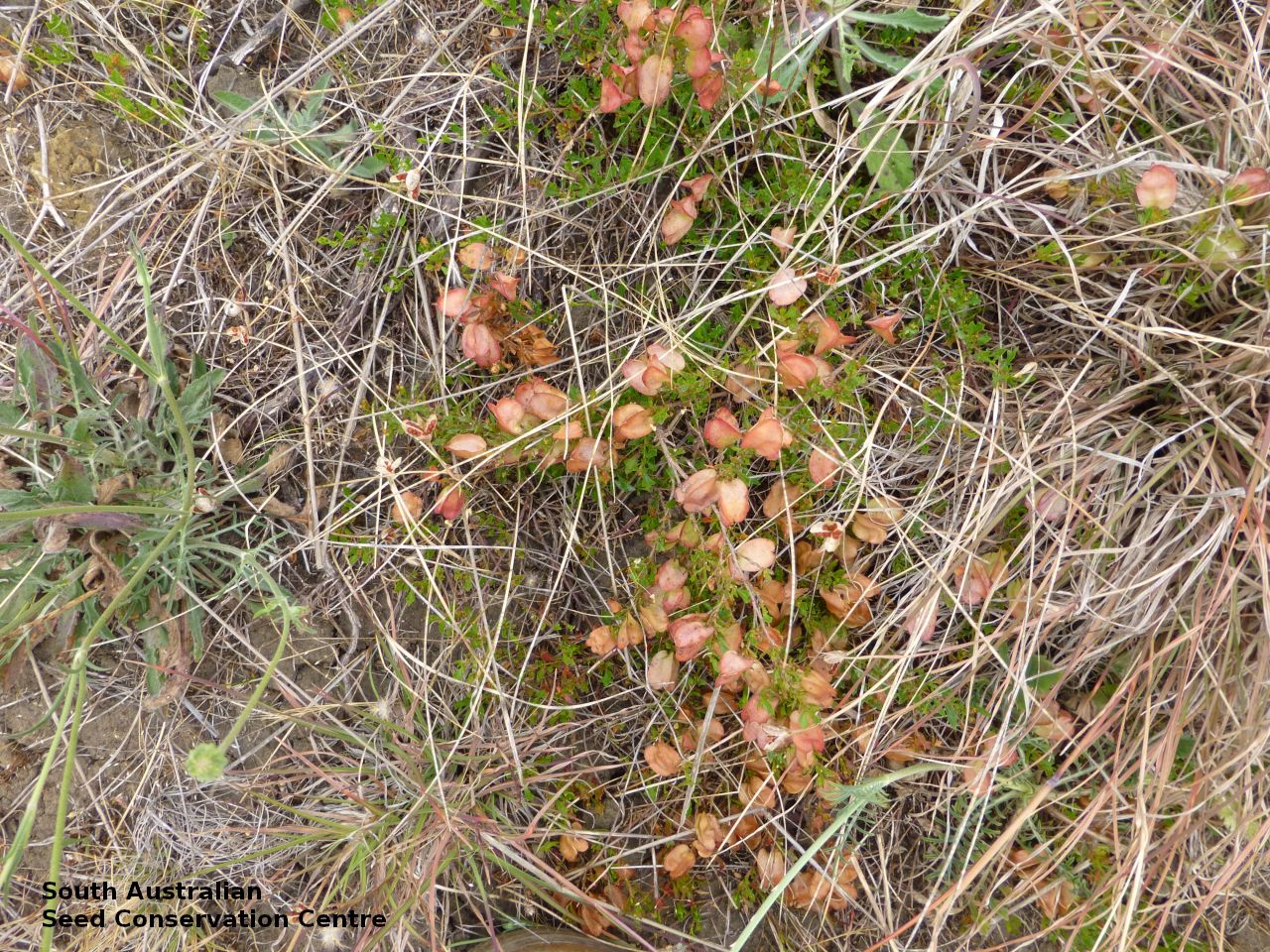
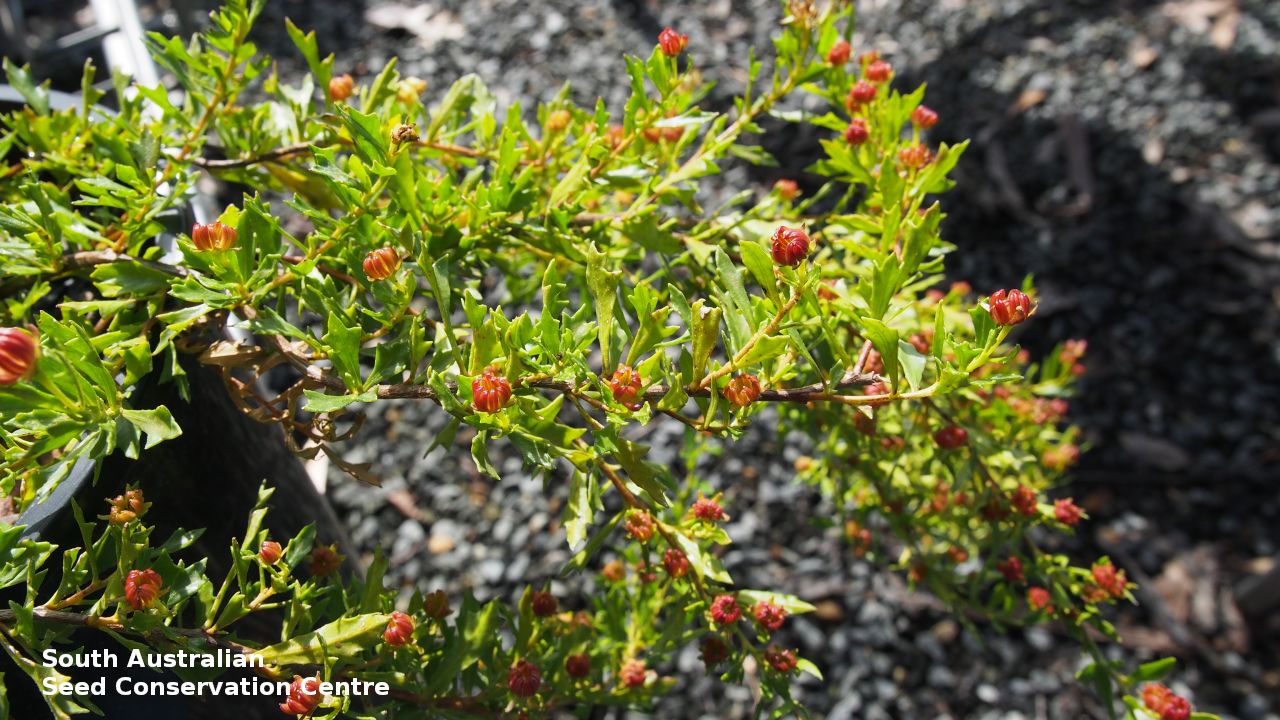
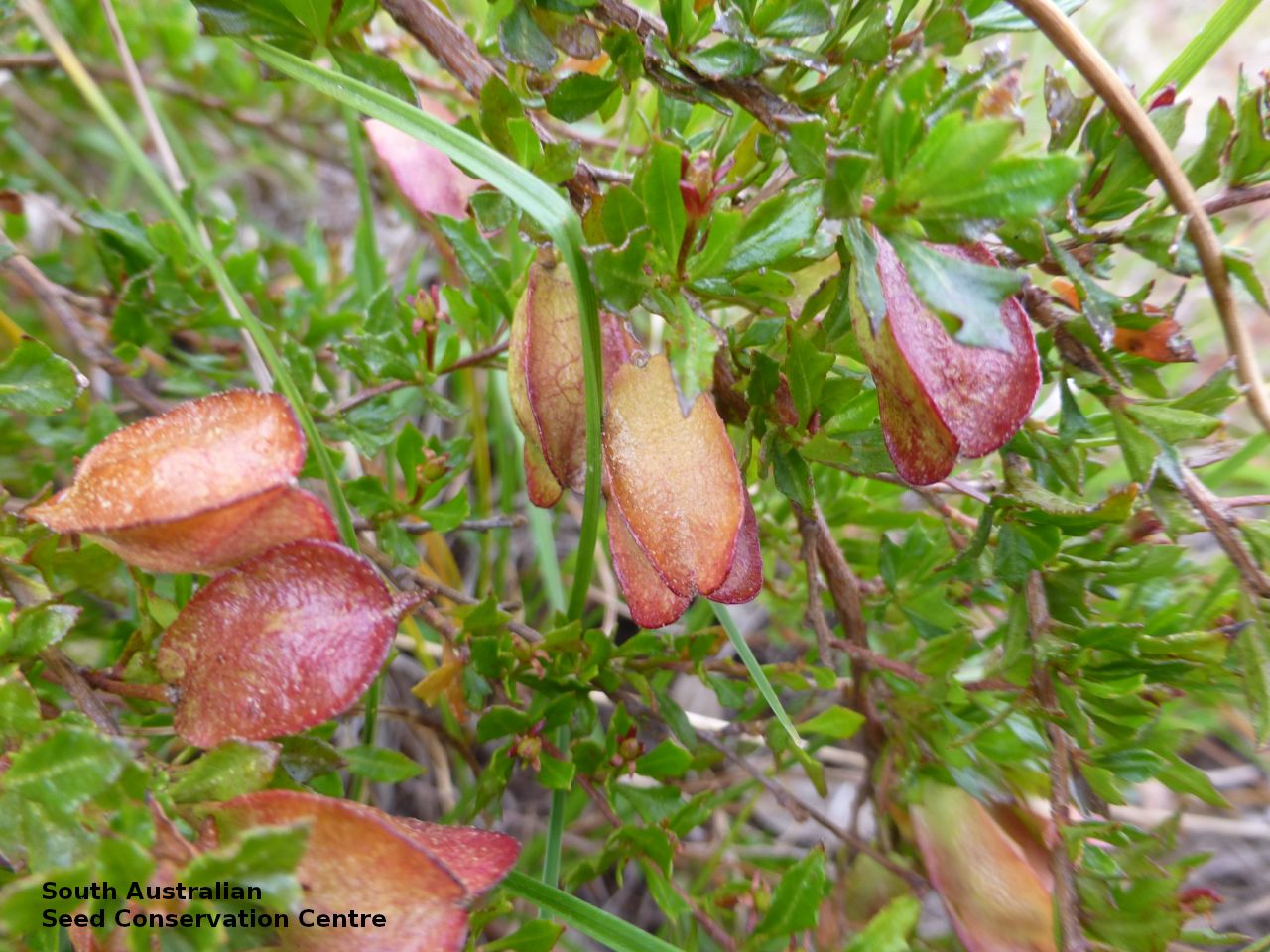
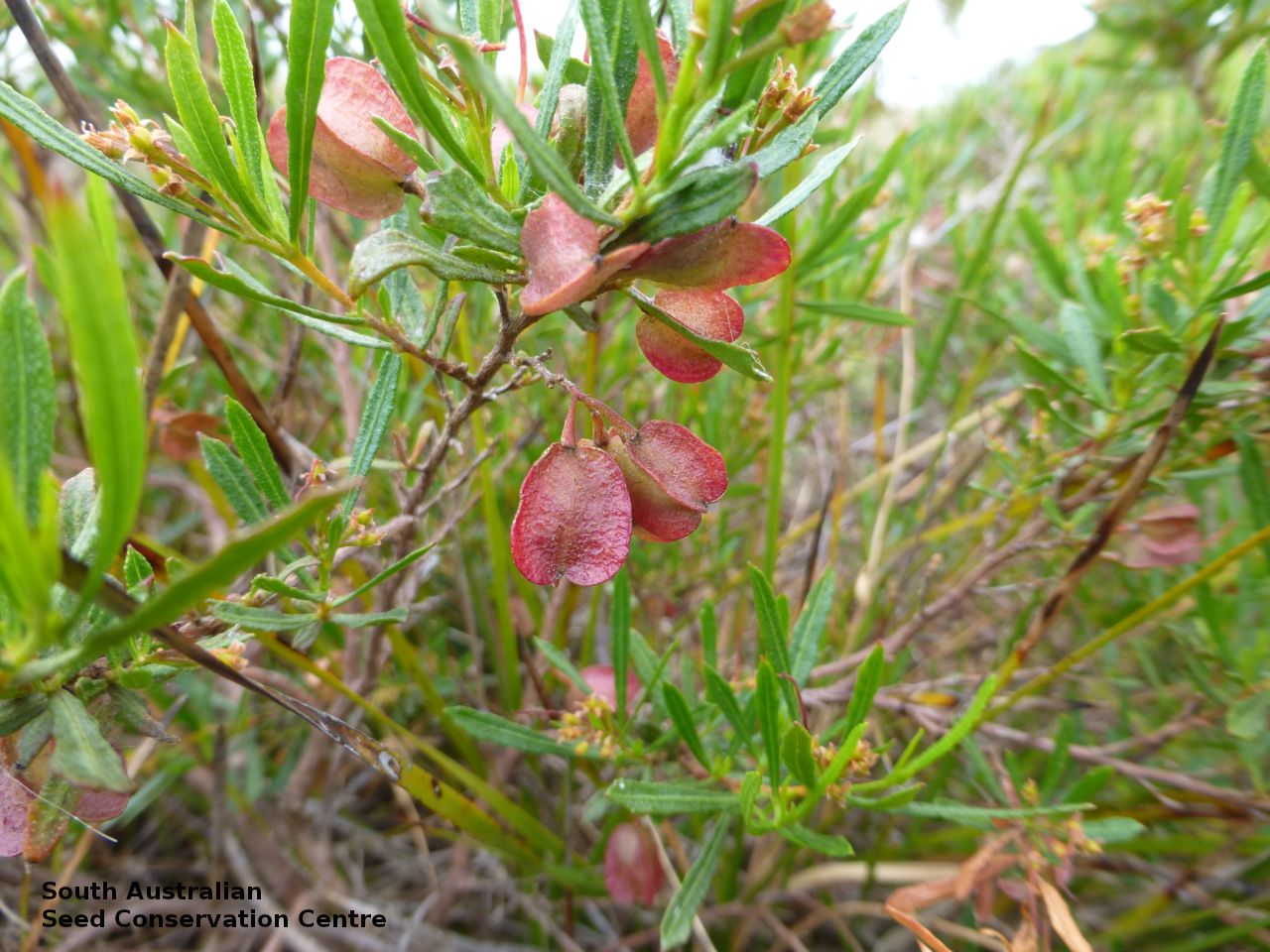
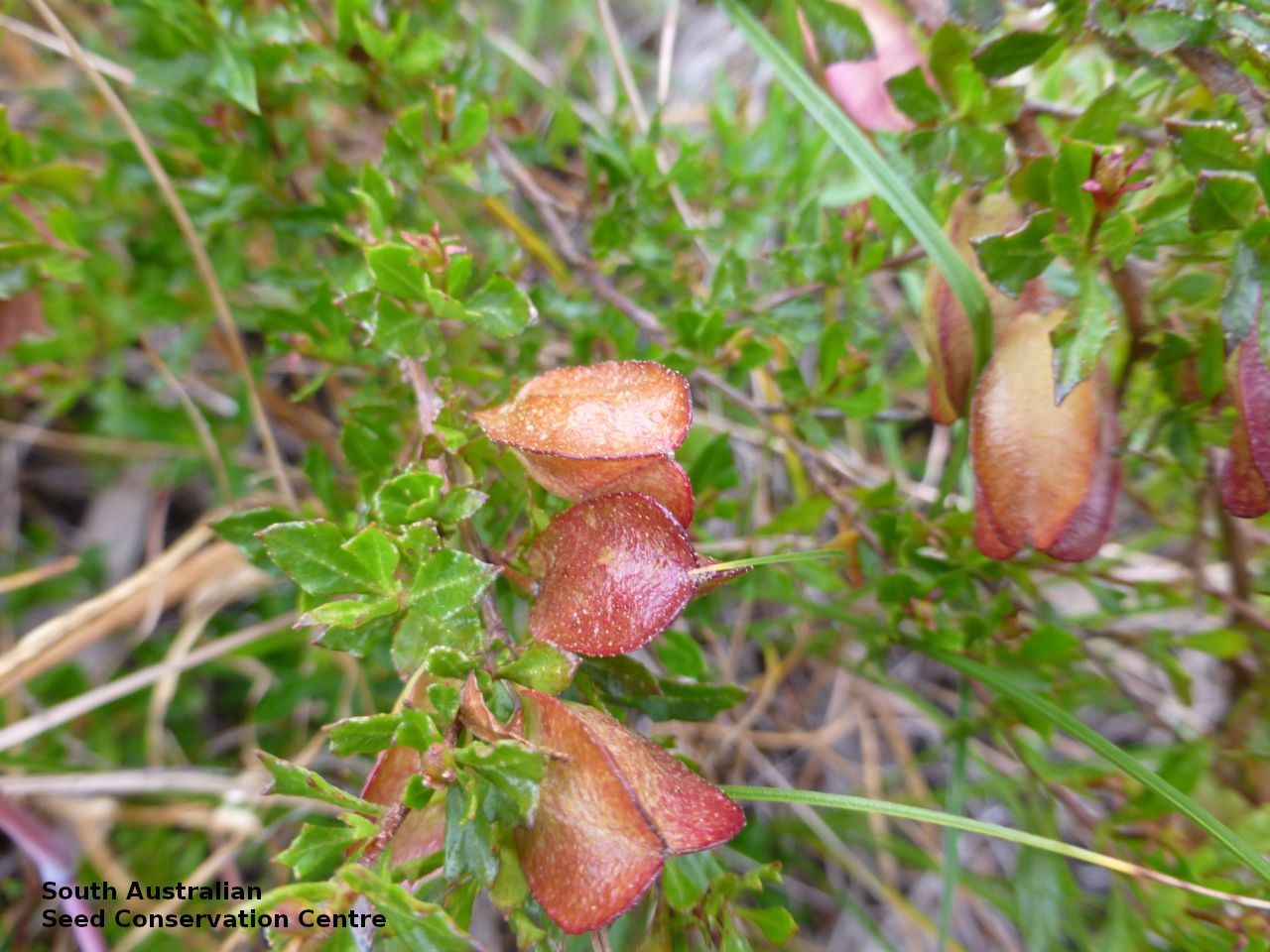
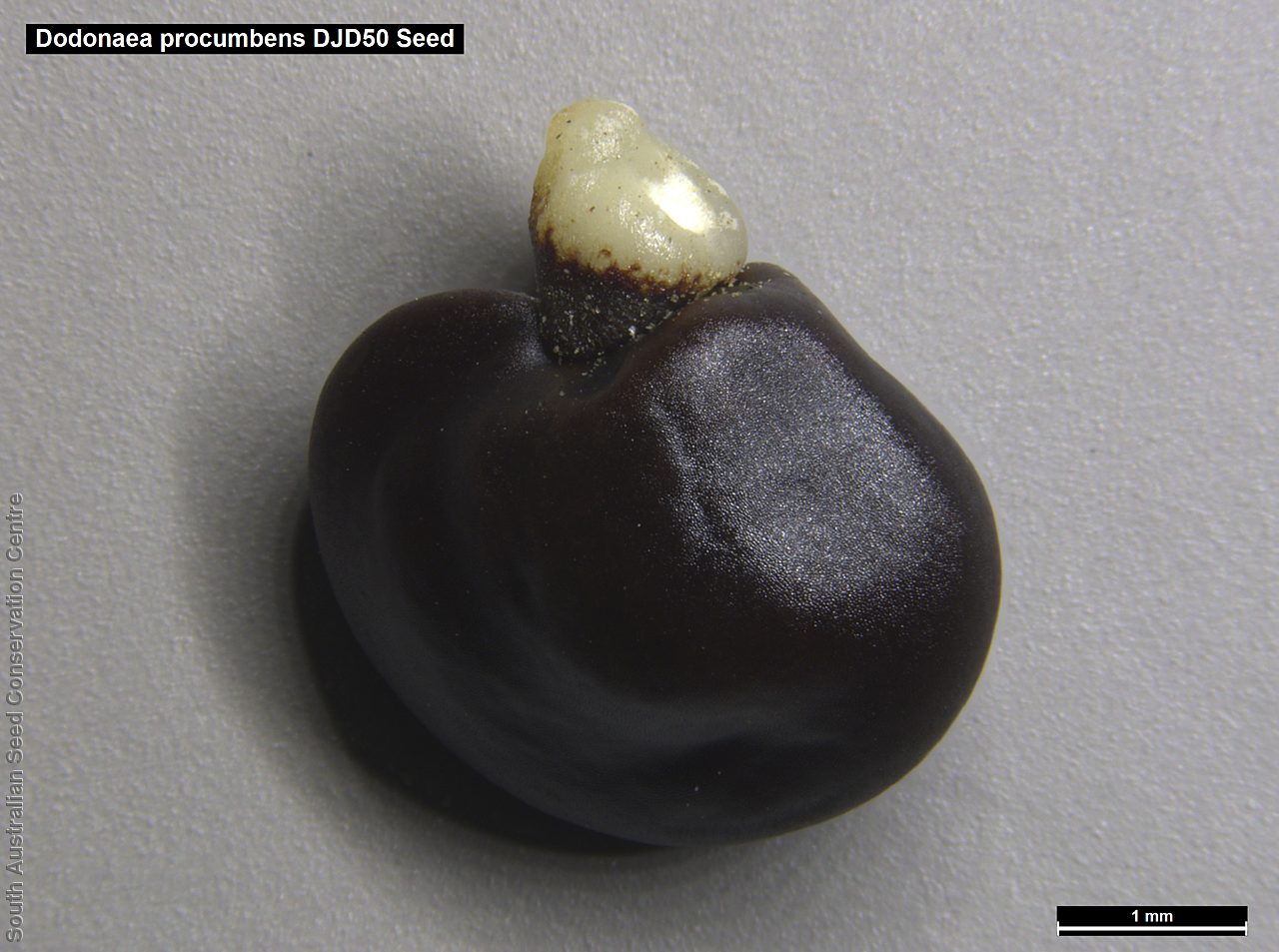
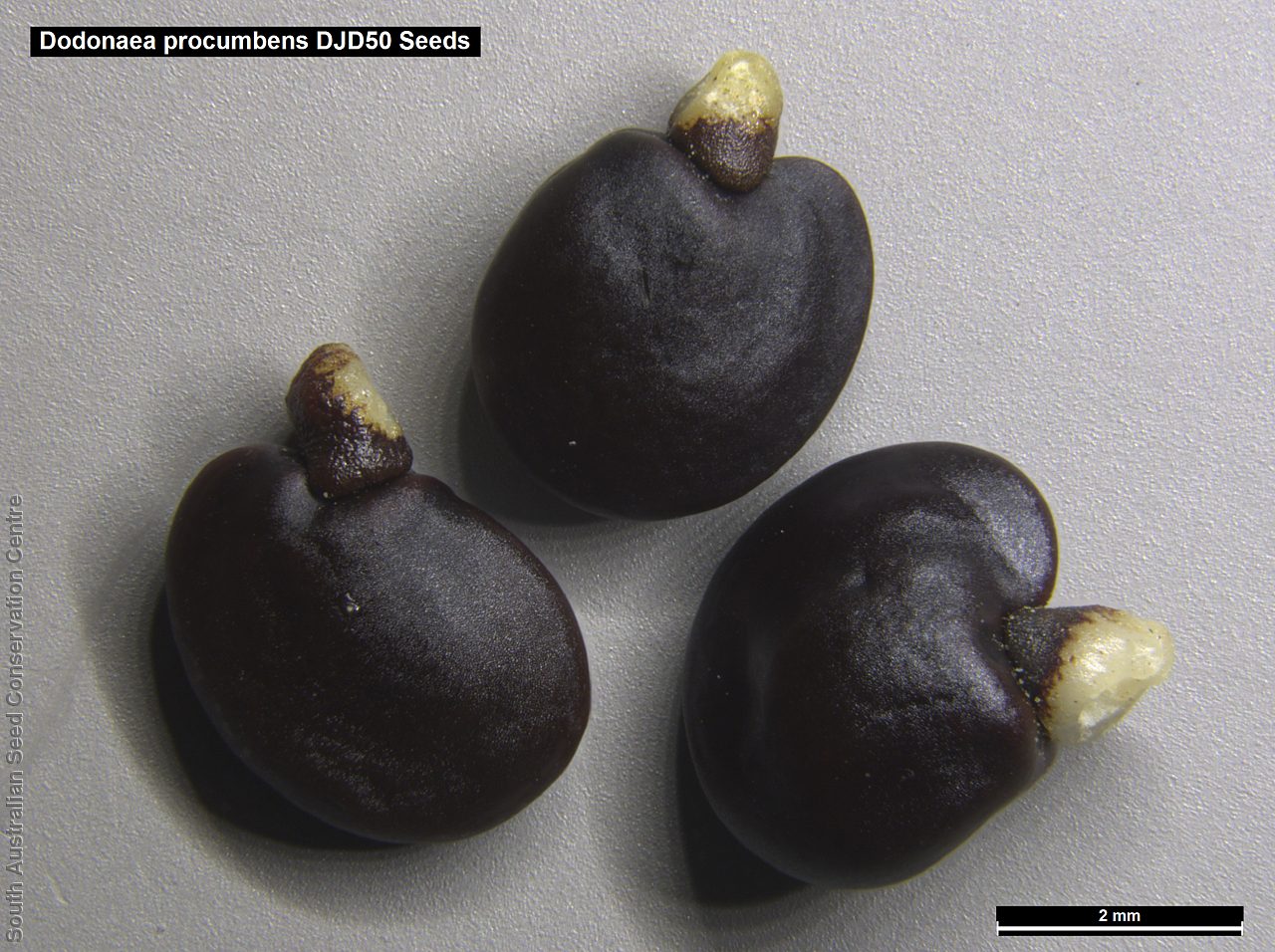
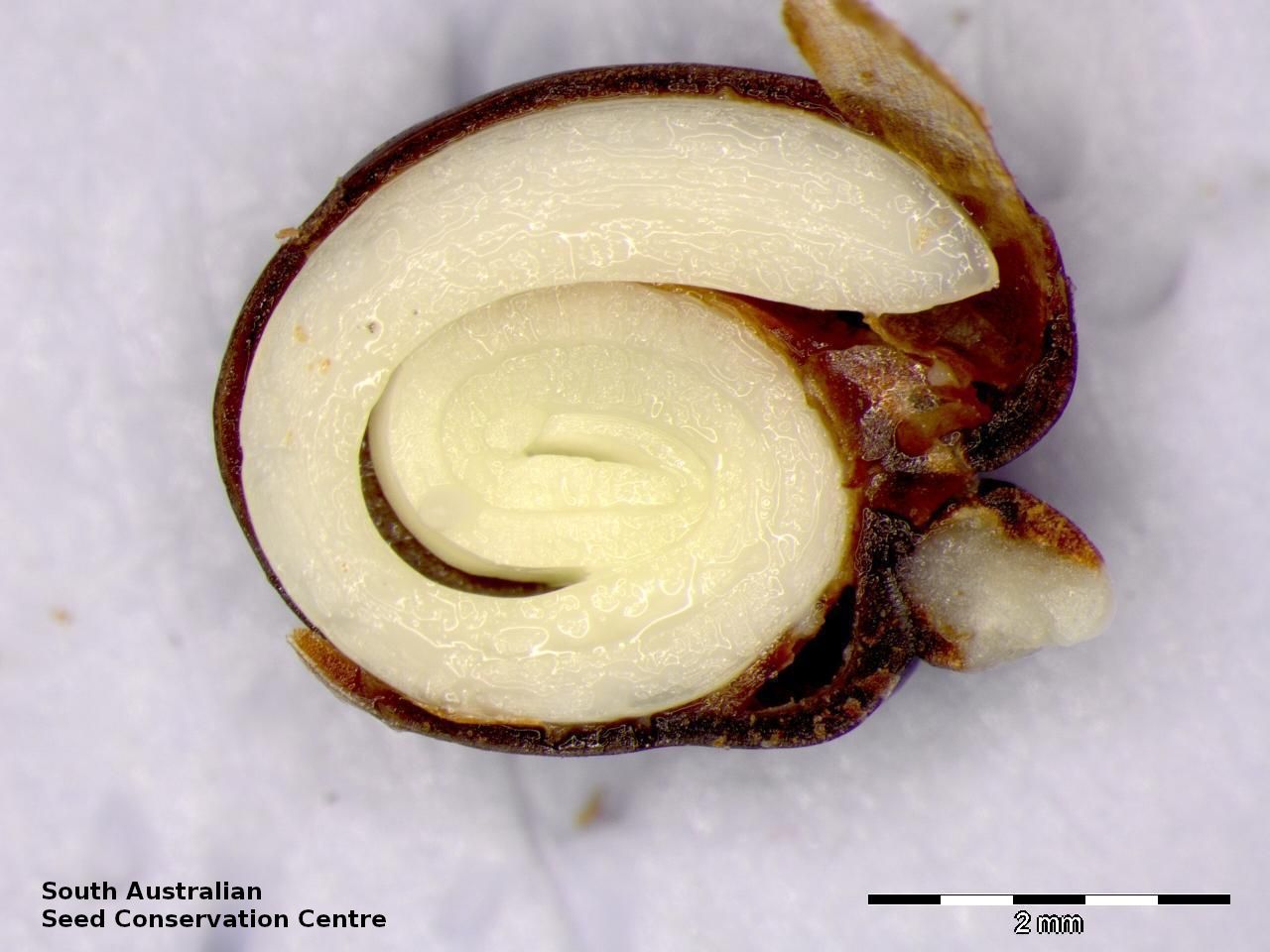
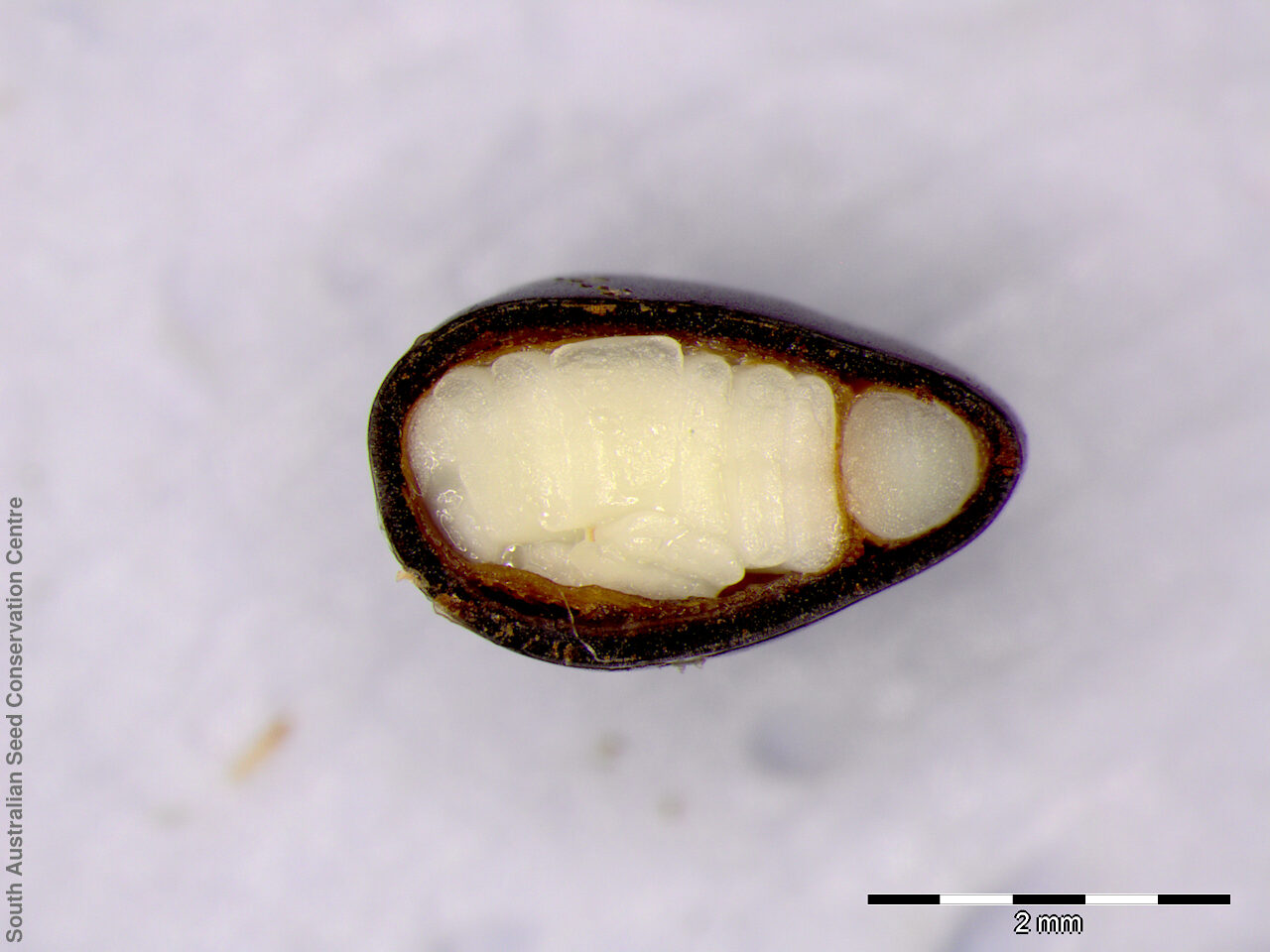

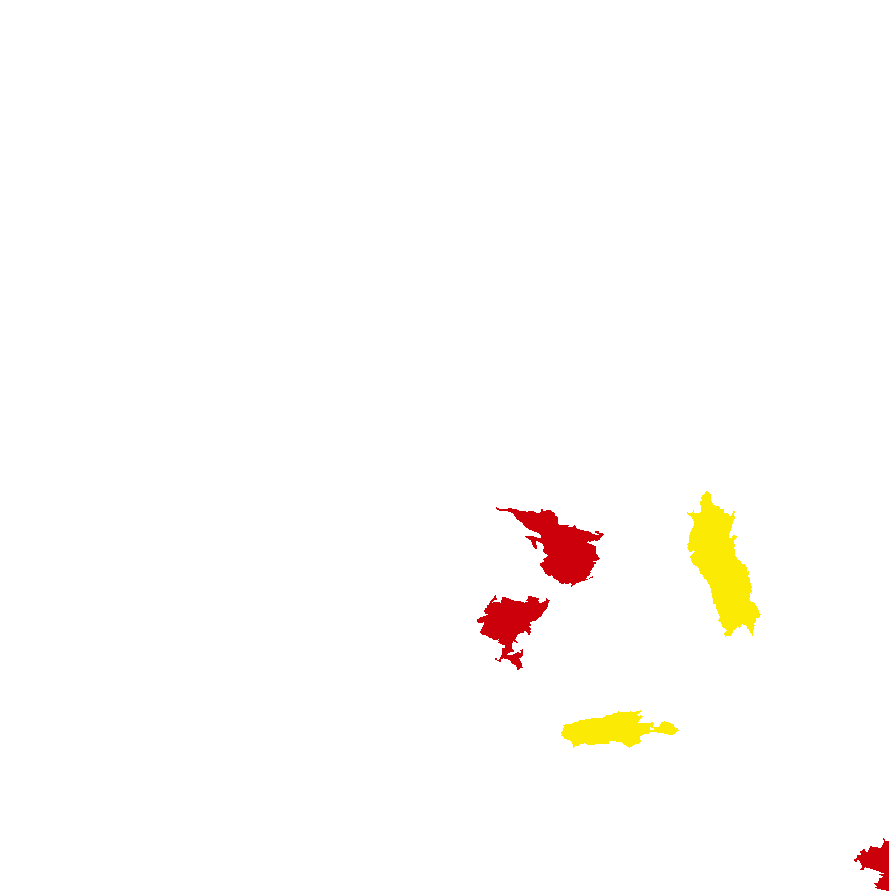
Botanical art
Etymology
Dodonaea named after Rembert Dodoens (1517-1585), a Flemish physician and botanist, also known under his Latinized name Rembertus Dodonaeus. Procumbens from Latin meaning to lie along the ground, referring to the species' habit.
Distribution and status
Found in the northern Mount Lofty Ranges and lower South-East in South Australia growing in low-lying areas that are seasonally inundated in winter, in grasslands and open woodlands on cracking grey clay and sandy soils. Also found in New South Wales and Victoria. Native. Rare in South Australia. Rare in the other States.
Herbarium regions: Eyre Peninsula, Northern Lofty, Murray, Kangaroo Island, South Eastern
NRM regions: Eyre Peninsula, Kangaroo Island, Northern and Yorke, South Australian Murray-Darling Basin, South East
AVH map: SA distribution map (external link)
Plant description
Small dioecious prostrate shrub to 20 cm tall. Leaves simple, sessile, angular-obovate to oblanceolate to 3 cm long and 0.9 cm wide, usually with 1-4 irregular teeth; glabrous or puberulent, sticky and leathery to touch. Flowers are terminal, solitary or paired with small yellow with orange-tipped flowers. Flowering between November and January. Fruits are orange-red capsule 3 or 4-winged, to 13 mm long and 10.5 mm wide, glabrous. Seeds are black ovoid seed to 5 mm long and 3 mm wide with cream aril. Seed embryo type is folded.
Seed collection and propagation
Collect seeds between November and January. Collect capsules that contain hard black seeds, usually when capsule is turning red or brown. Place capsules in a tray and leave to dry for 1 to 2 weeks. Then rub the capsules by hand to dislodge the seeds. Use a sieve to separate the unwanted material. Store the seeds with a desiccant such as dried silica beads or dry rice, in an air tight container in a cool and dry place. From three collections, the seed viability was average to high, ranging from 75% to 100%. This species has physiological dormancy that needs to be overcome for the seed to germinate (e.g. nicking the seed coat).
| Location | No. of seeds (weight grams) | Number of plants | Date collected | Collection number Collection location | Date stored | % Viability | Storage temperature |
|---|---|---|---|---|---|---|---|
| BGA MSB | 6,500 (58.5 g) 6,500 (58.5 g) | 30 | 26-Nov-2004 | DJD50 Eyre Peninsula | 28-Mar-2006 | 90% | -18°C |
| BGA | 3,100 (32.18 g) | 7 | 17-Dec-2008 | KHB192 Northern Lofty | 20-Jul-2009 | 100% | -18°C |
| BGA | 720 (5.76 g) | 12 | 6-Dec-2012 | DJD2607 South Eastern | 27-Feb-2014 | 75% | -18°C |
Number of plants: This is the number of plants from which the seeds were collected.
Collection location: The Herbarium of South Australia's region name.
% Viability: Percentage of filled healthy seeds determined by a cut test or x-ray.